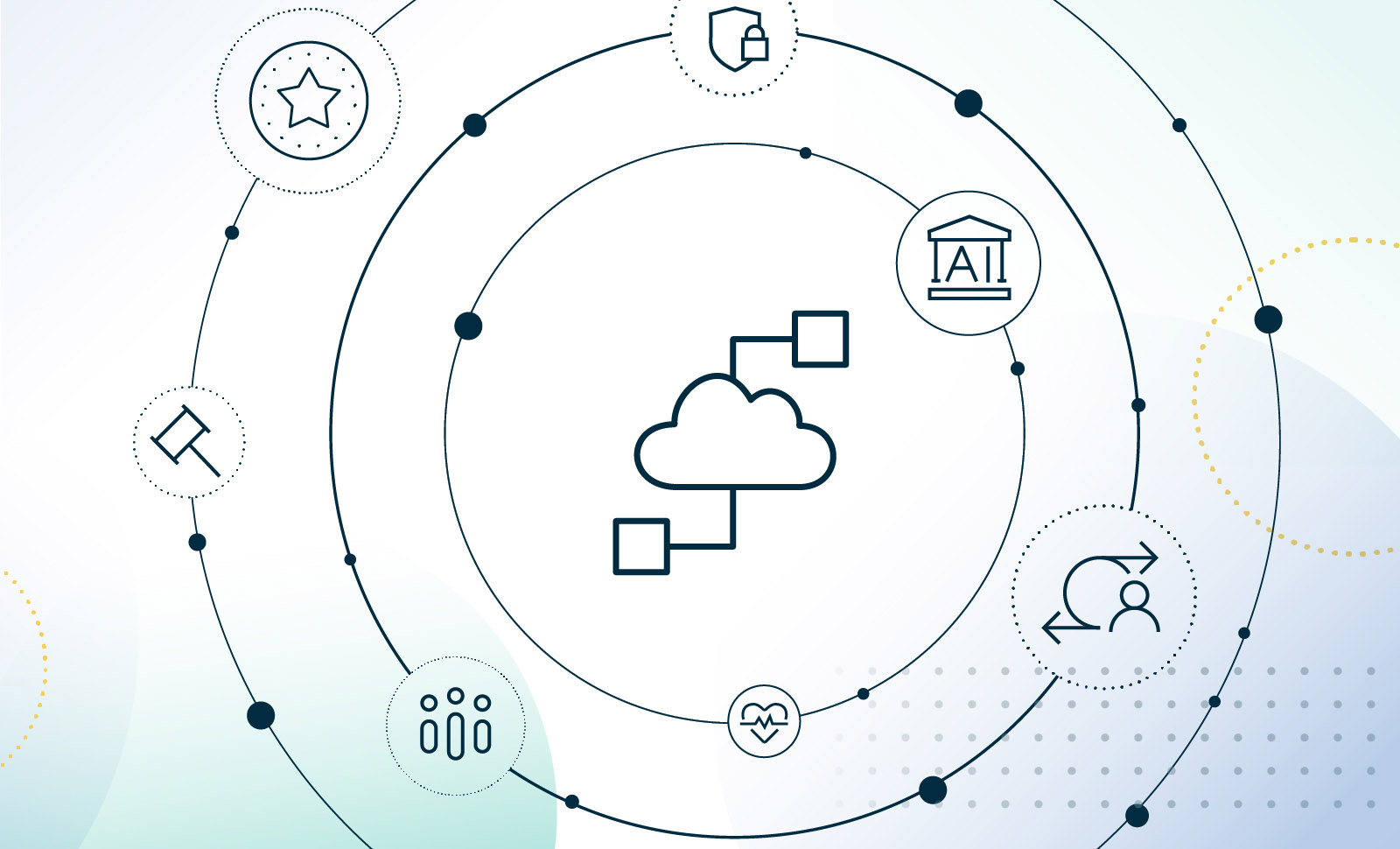Data quality and data governance are both indispensable for organizations that want to become data-driven. Both may be separate practices, but they are fundamentally related. Often, organizations purchase a data quality tool hoping it will solve their issues with data accuracy and trust. However, they first need data governance to create the foundation for enterprise-scale data quality.
In this post, we’ll discuss the synergy between the two and why organizations need data governance to improve their data quality.
The difference between data quality and data governance
Data quality describes the accuracy, completeness, consistency, and other attributes of data. Organizations need high-quality data that they can trust to make critical decisions. Without high-quality data, organizations cannot become data-driven because they cannot trust their data. The lack of trust hinders the organizations to use their data to make impactful business decisions, leading to inefficiency, missed opportunities, and ultimately, financial loss.
Data governance is a collection of practices and processes to standardize and automate the management and use of data within an organization. it is a system of authority and control over the management of organizational data assets. A data governance framework establishes a basis for collaboration by being a shared language among stakeholders. Data governance provides a framework for collaboration through a shared language. Teammates within and across departments can communicate using the same terminology and analyze the same data. Additionally, clarifying roles and responsibilities eliminates confusion to make data processes and collaboration easy to follow.
How do data governance and data quality strategies overlap?
To put it simply, you can’t have data quality without good data governance. Organizations need proper data governance before they should even consider a separate enterprise-scale data quality tool.
Organizations use data governance for a number of reasons. Data governance impacts security, privacy, accuracy, compliance, roles and responsibilities, management, integration, and more. Organizations use data governance to
- Increase transparency around data, its use, its availability, and its management (supporting master data management)
- Standardize data systems, policies, and procedures
- Resolve data issues
- Ensure regulatory and organizational compliance
All of these tasks are directly required for improving and monitoring data quality. Good data governance brings data creators and data users on the same platform, enabling communication and shared understanding about data quality.
While the existing data may need a massive overhaul to improve its data quality, the experience can be leveraged to fine-tune data governance policies and procedures for onboarding new data.
From this perspective of overlap, strategizing data governance and data quality together makes perfect sense.
Successfully incorporating data quality and data governance
So where should a data team start if it wants to improve data quality and data governance? Organizations have thousands and thousands of different data elements. Which ones should they focus on? Which ones could be left out of scope? Which ones are making the greatest impact on the business and should be managed first?
Data teams can address these questions from two different angles:
- Critical data elements: Identify what is critical for the business; this could be a regulatory report, a cube, or a KPI.
- Data value: Estimate the shelf-life of poor data quality or, in other words, the risk associated with bad quality; focus first on those areas with the highest risk.
In both cases, once organizations detect and prioritize the areas of focus, they can use data governance to create a collaborative framework for managing and defining policies, business rules, and assets to provide the necessary level of data quality control. It’s essential to have IT and the business users on the same page and collaborating to define and improve data quality and data usage.
For example, the data owners can define key systems and processes involved, while the business users can state what data quality standards the data should adhere to when it moves through the systems. This is where policies, requirements, and business rules are created and agreed on.
Once you know how the data flows through the organization and what the standards are, asking the data quality team to translate these standards into data quality rules and run them on the data in those systems is more streamlined.
Enabling data quality with data governance capabilities
Once the organization determines where it should focus the data quality efforts (rather than trying to profile everything), business analysts can begin to identify data errors. Seeing the errors resolved quickly is essential to maintain and restore their confidence.
A data helpdesk comes in handy for resolving data issues. This is a key component of data service management, a high-level maturity state in which all employees of an organization have access to one central place where all data is documented. A data helpdesk enables organizations to handle all data related issues efficiently, using the data governance organization, roles, and responsibilities. These data governance features help ensure trust in an organization’s data quality so business analysts can be sure they are using the best data available to make their trusted data-driven decisions.
Although data quality and data governance are two separate disciplines, they work in parallel. In fact, having a strong data governance foundation is essential to successful data quality. Without data governance, organizations cannot trust their data, and therefore, cannot guarantee the quality of their data. Data governance serves as the first step to ensuring access to the highest quality data available by providing the necessary context and understanding around your data.
When data quality is implemented on top of a data governance foundation, data quality provides much more than a simple view of quality. It provides a view of quality in the context of how the business uses data, enabling data stewards to identify problems that need to be addressed, enabling what-if analysis, and ultimately providing business analysts and data scientists with more accurate data to perform their analysis. Improving data quality ranks as the most important benefit of data governance for 38% of a survey of more than 500 business executives in North America and Europe.
With data governance as the foundation and data quality alongside, organizations can be sure that their data is accurate, trustworthy, and secure, thus enabling digital transformation across the entire enterprise.
Data quality and data governance with Collibra
Collibra delivers a platform for data governance that serves as the necessary foundation to a data quality tool driving data intelligence. With Data Stewardship, Intuitive Workflows, Data Helpdesk, and more, Collibra enables organizations to give context to their data sets at the metadata level and maintain control over this data.
Collibra Data Quality auto-generates adaptive data quality rules, scans large and diverse data sources without moving or extracting data, and creates a unified DQ scorecard across all sources to –
- Continuously improve trust and confidence in your enterprise data by alerting data owners when quality falls below required levels and by putting business users in charge of data quality
- Predict and prevent business disruptions by continuously monitoring data objects for violations of business rules and by initiating remediation workflows with the right data owners
- Accelerate business initiatives by speeding up the development of new data pipelines that integrate data quality
- Support global regulations & analytics demands in a scalable way and
- Jumpstart future transformations and data initiatives by de-risking moves to new systems by cleansing data in advance of data migration projects
Frequently asked questions about data governance and data quality
What are the data quality dimensions in data governance?
Data quality dimensions in data governance include completeness, accuracy, consistency, validity, uniqueness and integrity. Read more about the 6 data quality dimensions with examples here.
How do you ensure data quality in data governance?
Ensure data quality in data governance by defining standards, validating data accuracy, establishing clear roles, implementing data security measures, and fostering a culture of accountability.




